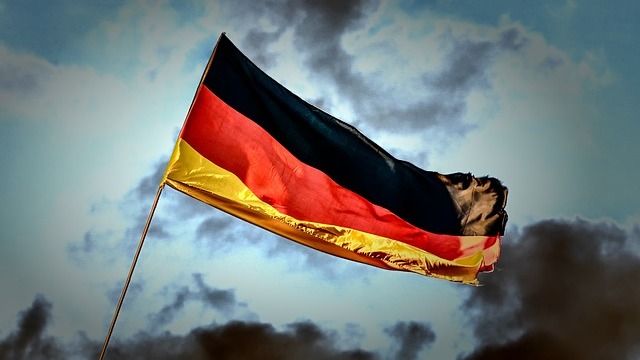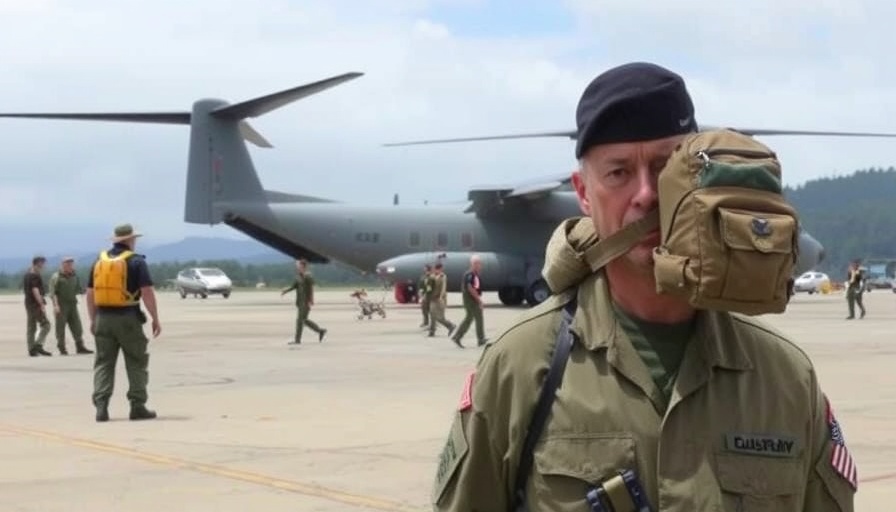
Unraveling a Hidden Chapter in History
Imagine a world where the United States wasn't a beacon of hope and resilience but rather a target for invasion. In the late 19th century, that was the daunting ambition of Imperial Germany. In a time when naval power was paramount, German leaders seriously contemplated invading America, a notion hard to fathom in today’s context. Understanding this historical plan provides a rare glimpse into the geopolitical tensions of the time and the extraordinary measures nations considered when their power was threatened.
The Grand Strategy: Asseration of Power
The idea was more than just military bravado; it was a calculated strategy based on military strength and naval dominance. Focusing on coastal attacks via naval forces, German strategists believed they could capitalize on the United States’ relative unpreparedness. Their plans included relentless assaults on strategic harbors, aiming to disrupt industries and weaken America’s resolve. This historical episode shines a light on the logic of military aggression underpinned by the belief in national superiority.
Defensive Preparedness: America’s Underrated Response
Unbeknownst to many, the U.S. Navy was forging its prowess in preparation for any potential conflict. Augusts of the late 1800s saw initiatives like the construction of battleships and development of Coastal Defense systems, underscoring a military bolster fueled by the belief that the nation must stand ready to protect its sovereignty. Even as Germany plotted, America's leaders remained steadfast in their mission to ensure the nation's military capacity and volunteer spirit among its citizens.
The Shift in Global Dynamics
The turn of the century heralded drastic changes in international relations that ultimately thwarted German ambitions. With the United States emerging as a global player post-World War I, the ethos of military valor evolved from international conflict to exemplifying heroism and community spirit. Lessons from wartime echoed through society, and as families celebrated their heroism, it became vital for service members to translate their acts of valor into leadership, which would shape future corporate success.
Valor in Action: A Legacy of Military Bravery
While history often focuses on decisive battles and political outcomes, it is the individual stories of courage in the military that inspire a sense of community and national pride. From the bravery exhibited by young privates in combat to the leadership exemplified by seasoned commanders, these narratives resonate profoundly today. Celebrating and honoring stories of valor from veterans instills a legacy of courage that uplifts future generations and helps weave a tapestry of resilience in the community.
Connecting the Past and Present
Understanding the past allows current day service members and veterans to learn from their predecessors. The valor seen in various military branches—from Army heroes on the front lines to Navy SEALs engaged in covert operations—serves as an inspiration and reminder that courage is needed both on the battlefield and in civilian life. As veterans transition to civilian careers, embracing the values of military service can enrich local communities, leading to success stories aplenty.
In this fast-paced world, it’s crucial for all of us—active duty military personnel, veterans, and their families—to recognize and honor the acts of valor that define our history. These stories not only kindle a sense of pride but also provide essential learning experiences as we navigate our paths, ensuring that we carry forward the torch of bravery, resilience, and community support.
 Add Row
Add Row  Add
Add 




Write A Comment